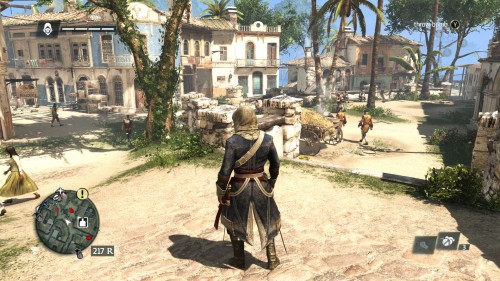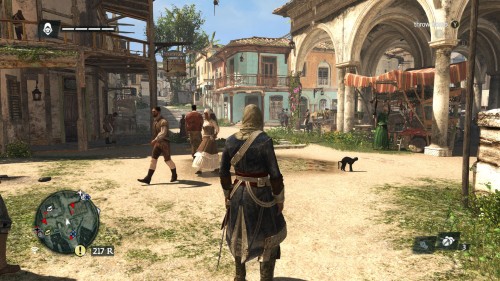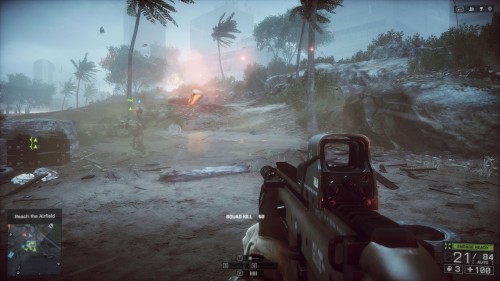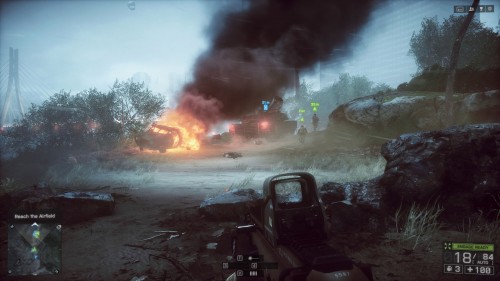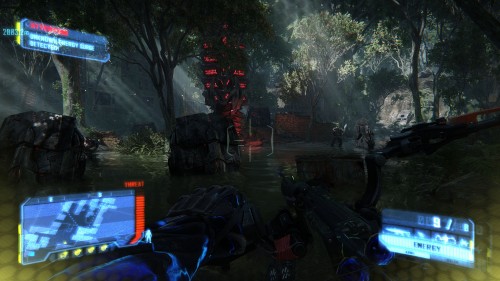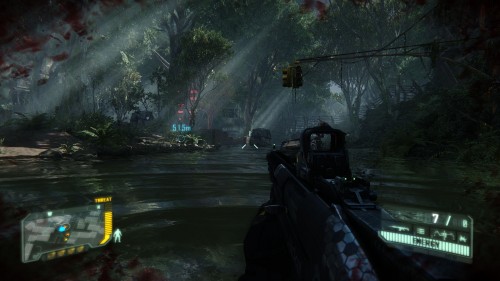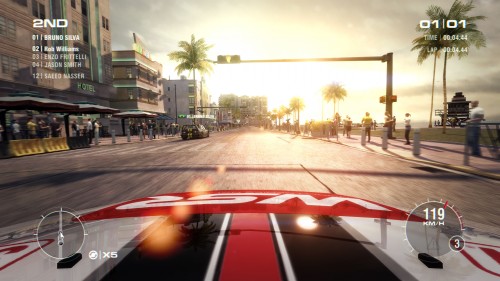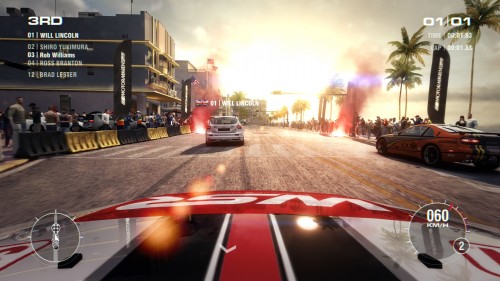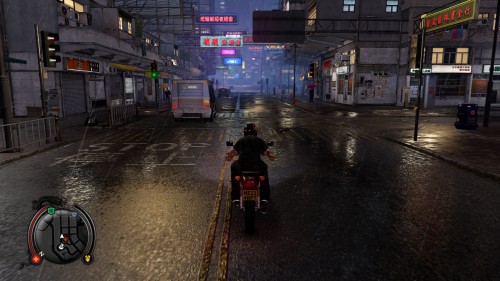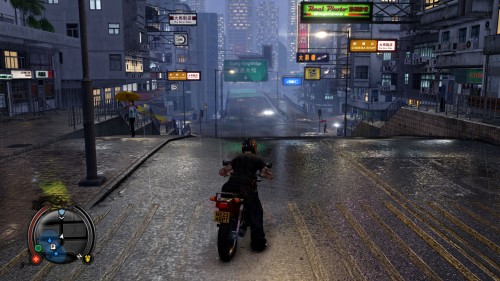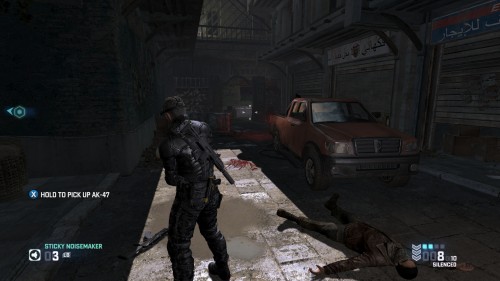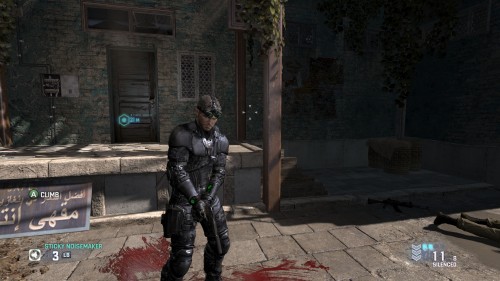- Qualcomm Launches Snapdragon 4 Gen 2 Mobile Platform
- AMD Launches Ryzen PRO 7000 Series Mobile & Desktop Platform
- Intel Launches Sleek Single-Slot Arc Pro A60 Workstation Graphics Card
- NVIDIA Announces Latest Ada Lovelace Additions: GeForce RTX 4060 Ti & RTX 4060
- Maxon Redshift With AMD Radeon GPU Rendering Support Now Available
Sapphire Radeon R9 280 Dual-X 3GB Graphics Card Review

When we took a look at EVGA’s GeForce GTX 760 Superclocked a couple of weeks ago, we lacked the ideal card to compare it to. With Sapphire’s Radeon R9 280 Dual-X in the house, retailing for just $10 shy of EVGA’s, we’ve managed to remedy that problem. So, let’s dive in, and see how both fare through our battery of tests.
Page 7 – Best Playable: Single Display
For about as long as GPU-accelerated games have existed, an ideal performance target has been 60 frames-per-second. Owing thanks to this is the standard 60Hz monitor, which delivers its best result when the framerate matches its refresh rate. To make sure the monitor’s refresh rate and game’s framerate keep aligned, to avoid visible tearing, VSync should be enabled.
While I believe our Best Playable results will appeal to any gamer, they could especially prove useful to those intrigued by livingroom gaming or console replacements. The goal here is simple: With each game, the graphics settings are tweaked to deliver the best possible detail while keeping us as close to 60 FPS on average as possible.
Because our Metro Last Light and Total War: SHOGUN 2 tests are timedemos, and because this kind of testing is time-consuming, I am sticking to six out of the eight games I test with for inclusion here.
On account of the fact that our regular 1080p testing brought performance close to 60 FPS, and also the fact that there’s no room to gain without making a severe performance impact, we’re sticking to those settings. Some of you may prefer to disable SSAO to loosen the workload up a little bit in case it doesn’t feel silky-smooth enough. 1440p could be possible if you were willing to sacrifice graphics detail, but you’d really have to dial many knobs down, and I really wouldn’t consider that to be worth it.
Both of the tested cards share the same Best Playable settings in Battlefield 4, but AMD’s card manages to boost performance by 5 FPS. The best part of this all is: We’re dealing with 1440p here. “Ultra Detail” would be very playable at 1080p if anti-aliasing and AO were disabled.
Crysis 3 has made work easy for me here, as there’s not one worthwhile setting that can be increased without dramatically affecting the performance. So, once again, we’ve left the settings used for regular apples-to-apples benchmarking in tact. Like with AC IV: Black Flag, it could be possible to hit playable framerates at 1440p with Crysis 3, but my goal here is to avoid that “Medium” detail setting at all costs.
Because of the performance boost the AMD card gave me in GRID 2, I was able to use slightly higher settings over the NVIDIA card and still not fall behind in performance. Global illumination was left enabled, for example, as was Soft Ambient Occlusion. While the NVIDIA card had to see its AO setting decreased to Low, I kept it at High for AMD’s. The caveat: I decreased the Shadow detail to High (vs. Ultra) on AMD’s card, because I felt the enabled AO had more of a meaninful impact.
As with most GPUs I’ve run through the Best Playable gauntlet, Sleeping Dogs is best-played when the anti-aliasing is degraded to Normal. Admittedly, this is just fine, since the game’s AA implementation is junk, at best.
It’s going to be a sad day when I have to retire this game from our bench suite, as driving through the rainy streets of a faux Hong Kong just doesn’t seem to get boring.
Rounding-out our look, both cards performed just about the same (or the same according to some, I’m sure) in Blacklist. Great performance and detail levels at 1440? Not too shabby.
Support our efforts! With ad revenue at an all-time low for written websites, we're relying more than ever on reader support to help us continue putting so much effort into this type of content. You can support us by becoming a Patron, or by using our Amazon shopping affiliate links listed through our articles. Thanks for your support!




